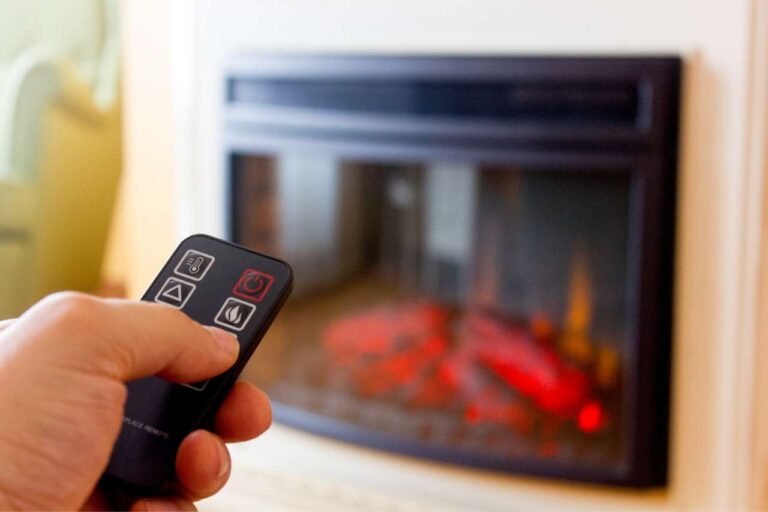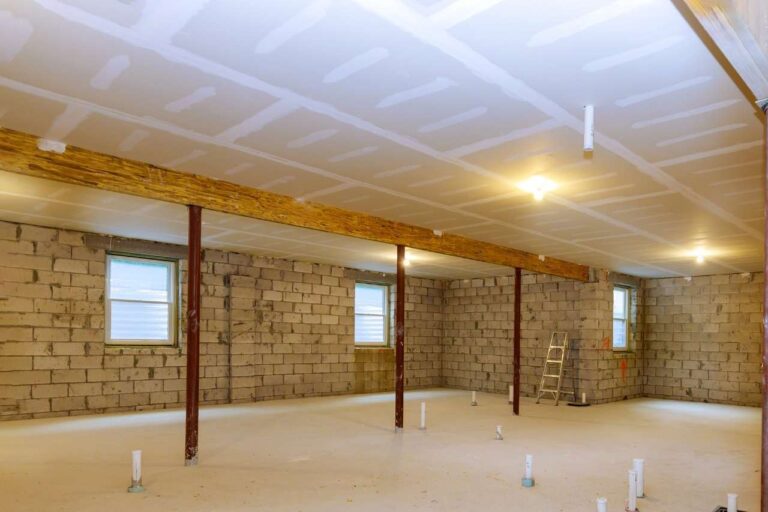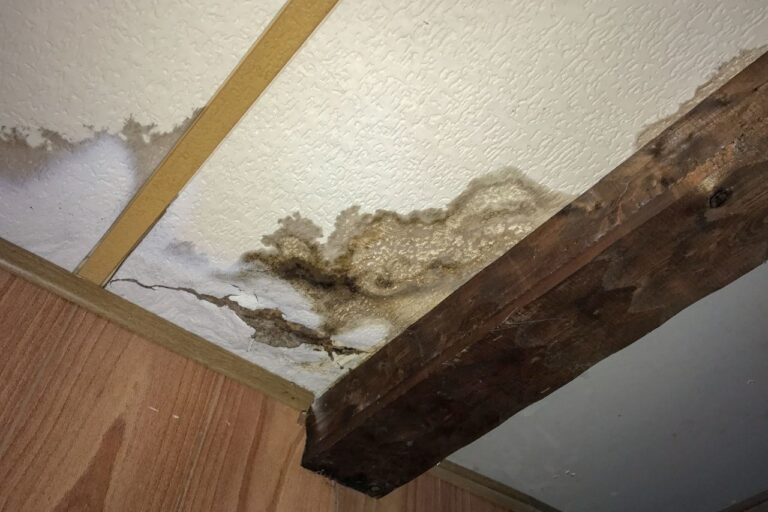Today, we will provide everything you want to know to determine “how much does a king size bed frame weigh.” A bed platform is a framework that raises your bedding above the floor. When combined with the proper support structure, a well-crafted foundation may stabilize your bed and extend the lifespan of your bedding. Also, the increased altitude might allow it simpler to get in or out of bed.
Bed foundations get made of many materials such as hardwood, metal, and fabric. The hunt for a king-size bedding foundation may be challenging because the industry gets crowded with possibilities. The king bedding is the broadest of all standards and gets based on the manufacturer. The king bed foundation might have to be several inches larger than your bedding. This guide will discuss how much a king-size bed frame weighs.
Read more about the variables that most determine a bed framework’s aesthetic, longevity, and general effectiveness.
Quick Summary: A king bedding is 76 inches broad. If you’re thinking about a bed structure with headboards, the overall dimension might be 80 inches. A headrest requires at least 3 inches of room on each side. The weight of a king bed ranges from 130 to 180 lbs.
Mattress dimensions usually are the equivalent of bed frame measurements. However, specific frames, especially those with a headrest and footrest, could be two to four inches bigger than the bedding.
Fancy mattress frameworks with headboard ledges, broad hovering foundation beds, and carousel mattresses require more room than plain regular bed platforms. Before selecting a bedding foundation layout, it is necessary to estimate your bedroom measurements. Let’s look at how much does a king size bed frame weigh.
How Much Does A King Size Bed Frame Weigh?
King-sized beds appeal to partners, increasing households and people who desire more sleeping rooms. A king mattress, spanning 80 inches, is large adequate to fit kids who could wish to climb into bed alongside their dad on occasion. If you like to acquire king bedding, ensure your interior has sufficient room to fit it securely.
If you’re shopping for king-size bedding, you’re probably upgrading from a queen. Whereas a regular king, commonly referred to as an Eastern King, has a similar dimension to a queen, it’s 17 inches broader. Because king beds demand significantly more area than queen mattresses, they get ideally designed for large bachelor bedrooms.
Considerations When Purchasing a King Size Bed Frame
After knowing how much a king-size bed frame weighs, let’s discuss some crucial considerations. Regarding the breadth of the bedding, a conventional simple king-size bed framework might need two to four inches of additional room.
Take into account the depth of the headrest, footrest, and slats. Suppose you choose sophisticated designs like hovering platforms, carousel beds, or mattresses with storage and cabinets in the headrest and footrest. In that case, you will want additional capacity in your room.
Hanging foundation beds are broader than conventional bed frame forms. However, carousel beds are lengthier due to their curving headboards and footboards. The area allowed for the bedding to lay within it, on the other hand, is consistent throughout all king bed foundation models.
Space
When you’ve opted to acquire king-sized bedding, you’ll have to assess your space before deciding on a bed frame style. The suggested bedroom dimension for a king-sized mattress is 12 ft x 12 ft.
After arranging your bedding and other furnishings like side tables, lighting fixtures, and wardrobes, you’ll need to evaluate how much room you’ll have left. Based on accessible storage, you can pick a beautiful bed platform (which takes up more space) or a simple framework without a headrest or footboard.
Budget
King size bedding frameworks vary in price from $70 to $4000. Based on your need, you may select between plain metallic bed frameworks and sophisticated cushioned bedding frameworks with headboards, footboards, cabinets, and closets.
If you’re not purchasing a king-size plank bed, consider the expense of a container springing or base. If the planks on your plank bed are shorter than 2.8 inches, you may set your bedding straight on them. Also, if the planks are further apart or you possess a distinct style of bed framework, you would require a container springing or foundation.
How To Fix Squeaky Floors Upstairs? Read here.
King Size Bed Styles
King bedding has developed over time, so several versions of this conventional size get tailored to meet varied sleep demands.
Split King
The standard king bedding is ideal for partners that value their private room when resting. Based on their maturity and stature, it’s adequate to support one or two kids who might choose to stay alongside their families on certain evenings.
Split kings are an excellent choice for partners who value their privacy yet have varied sleeping habits. A split king bedding comprises two twin XL beds that get put alongside, giving every occupant 38 by 80 inches of room on each side. A split king-sized bed lets both occupants select their preferred degree of pleasure and assistance for their respective sides.
California King
California king mattresses are four inches thinner and four inches taller than conventional king mattresses. Tall dreamers will appreciate the additional length of this bed. It measures 72 by 84 inches, balances for the capacity wasted in breadth by increasing the length.
It has the most considerable length of any standard-sized mattress. Because the California king isn’t quite as broad as the king, co-sleeping with any more than one kid on this bedding could be challenging. It, though, is dependent on the kid’s size. California kings are currently accessible in a split configuration, allowing partners to select their favorite mattress type.
Bottom Line
Bed frames enhance your living area’s visual attraction and come in many styles to complement your taste and room décor. However, be aware, particularly the width of your space, since bed platforms with storing alternatives may be lengthier than your mattress. Measuring the measurements of your room before purchasing a bed platform will steer you in the correct route.









